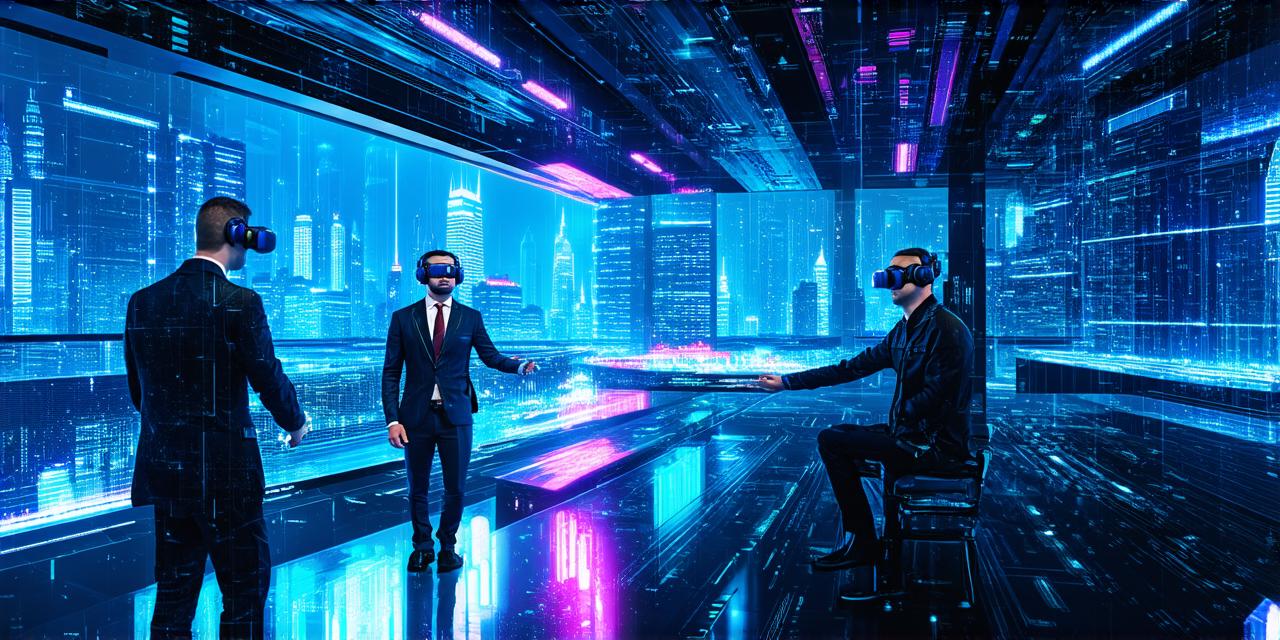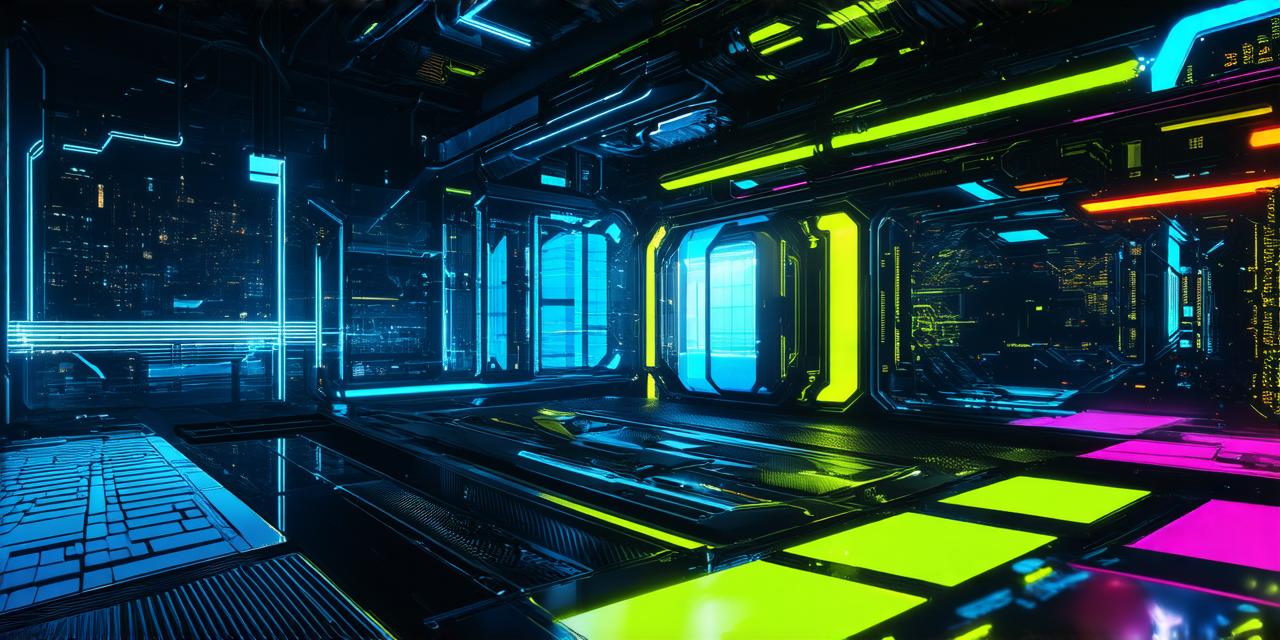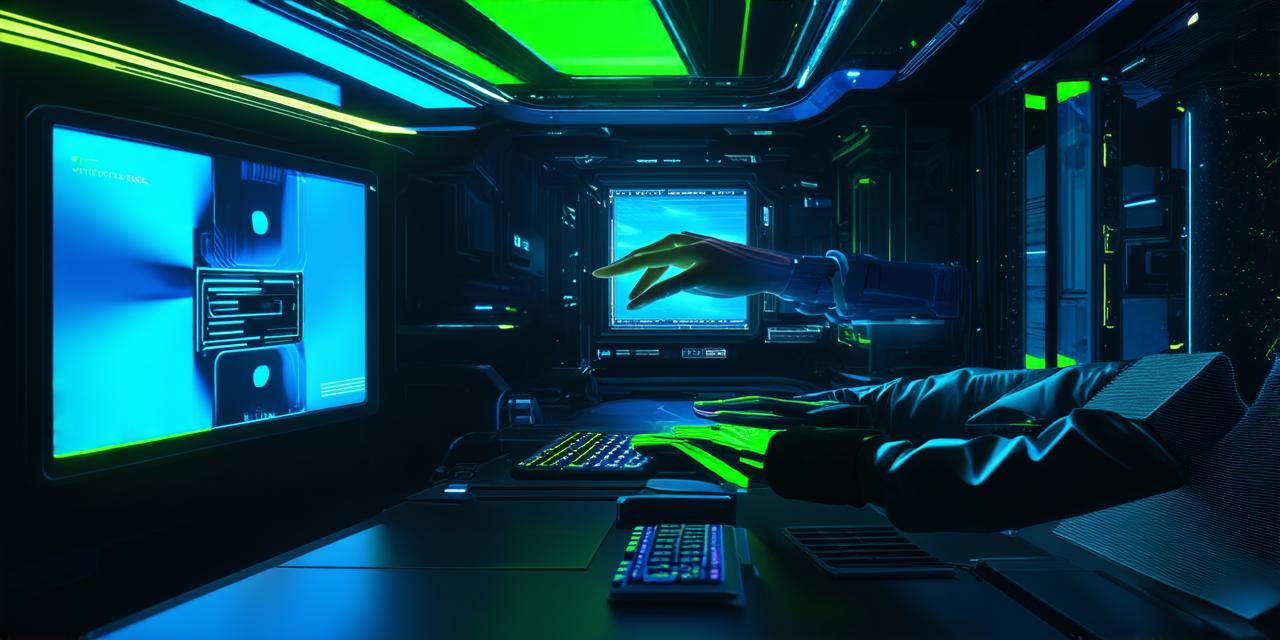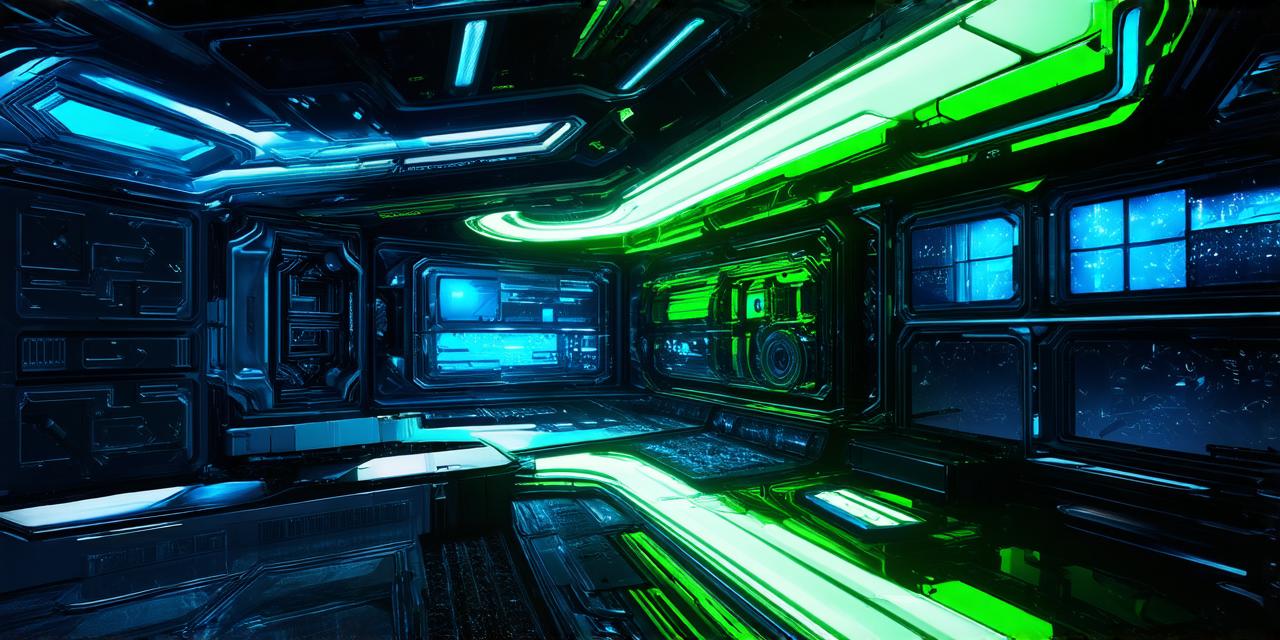Mixed reality technology is a type of computer-generated simulation that combines the physical and digital worlds in a seamless, immersive experience. It has been gaining popularity in recent years for its potential to enhance problem-solving capabilities across various industries, including healthcare, manufacturing, and education.
Introduction
Mixed reality technology allows users to experience a virtual environment that overlays digital information onto the real world. This enables individuals to visualize complex data sets and interact with them in a more intuitive way than traditional 2D displays. By providing a more immersive and interactive experience, mixed reality can enhance problem-solving capabilities and improve decision-making processes.
Healthcare
One of the most promising applications of mixed reality technology is in healthcare. It can be used to simulate surgical procedures, allowing medical professionals to practice and perfect their skills before performing them on actual patients. This can reduce the risk of complications and improve patient outcomes. Additionally, mixed reality can also be used to visualize complex medical data sets, such as MRI scans and X-rays, making it easier for doctors to diagnose and treat diseases.
Manufacturing
Mixed reality technology is also being used in the manufacturing industry to enhance problem-solving capabilities. It can be used to simulate production processes, allowing manufacturers to identify potential bottlenecks and optimize workflows. This can reduce costs and improve efficiency, ultimately leading to increased profitability. Additionally, mixed reality can also be used to train workers on complex machinery and procedures, reducing the risk of errors and improving overall safety.
Education
Mixed reality technology is also being used in education to enhance problem-solving capabilities. It can be used to create virtual field trips and simulations, allowing students to experience real-world environments in a safe and controlled environment. This can improve student engagement and retention, as well as provide a more immersive and interactive learning experience. Additionally, mixed reality can also be used to create visual aids for complex subjects, such as science and math, making it easier for students to understand and apply concepts.
Conclusion
Mixed reality technology has the potential to revolutionize problem-solving capabilities across various industries. Its ability to provide a more immersive and interactive experience can enhance decision-making processes and improve overall efficiency. As mixed reality technology continues to evolve, it will likely become an essential tool for businesses looking to stay competitive and ahead of the curve.



